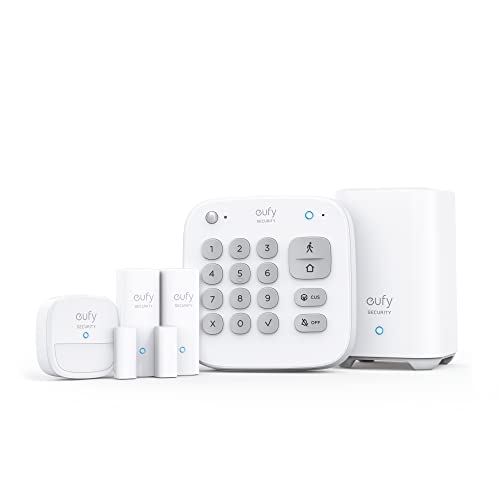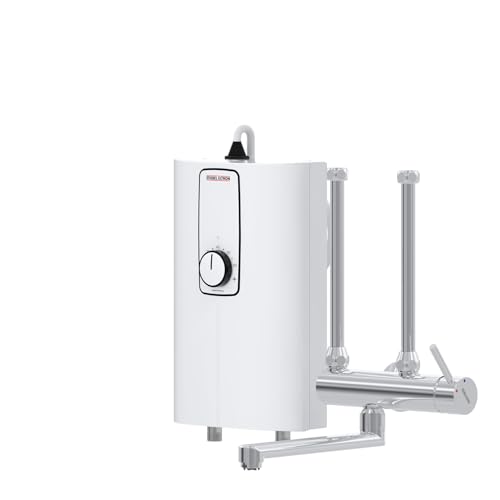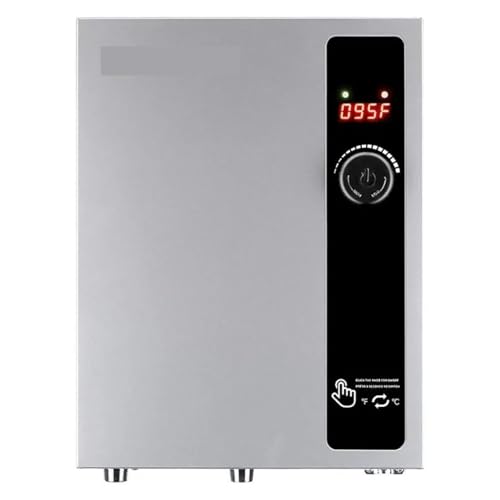Understanding Wireless Alarm Systems: How They Work and Why We Need Them
What is a Wireless Alarm System?
A wireless alarm system is a security set-up that employs radio signals to communicate between devices like sensors, control panels, and alarms. This technology frees us from the limitations of wired systems, allowing for greater flexibility in installation and use. Imagine needing to protect your home without the hassle of drilling into walls or running long wires—this is where wireless systems come into play. They are not only easier to install but can also cover larger areas, making them ideal for homes of all shapes and sizes.
The Importance of Wireless Alarm Systems
Why do we need wireless alarm systems? The answer lies in peace of mind. We want to feel safe and secure in our homes, knowing that we are protected against potential intruders or emergencies. Besides, many systems offer remote monitoring capabilities, meaning we can check our security status from anywhere using a smartphone app. This advanced technology means we can react swiftly to alerts, ensuring we’re always in control of our home security.
Key Features to Look for in a Wireless Alarm System: Making the Right Choice for Your Home
Sensor Types and Coverage
When we are evaluating wireless alarm systems, one of the first factors we should consider is the types and number of sensors. Look out for a variety of sensor options such as door/window sensors, motion detectors, and even environmental sensors like smoke alarms. Coverage is equally vital; ensure that the system can cover all necessary areas of your home comprehensively. An ideal system should provide extensive coverage while still allowing for easy expansion in case we wish to add more features later.
User-Friendly Control Panel
Next, we should focus on the control panel, as it is our main interface for managing the alarm system. A user-friendly control panel makes it simple to navigate through settings, arm and disarm the system, and keep track of alerts. Look for systems that offer basic controls and mobile app access so we can manage everything directly from our smartphones.
Monitoring and Alerts
Another significant feature is the type of monitoring offered with the system. Some wireless alarm systems come with professional monitoring services, which alert security personnel in the event of an alarm trigger. If we prefer a more hands-on approach, we might opt for a self-monitoring system with customizable alerts sent directly to our smartphones. Choosing the right monitoring solution depends on our lifestyle and how involved we want to be in our own security.
Top Wireless Alarm Systems on the Market: Our Recommendations for Every Budget
Affordable Options
For those on a tight budget, there are excellent wireless alarm systems available that provide basic security without breaking the bank. These entry-level systems typically include essential features like door/window sensors and a control panel, making them perfect for renters or those new to home security. We recommend looking for systems that offer expandable options, allowing us to upgrade later if our needs change.
Mid-Range Choices
If we are willing to spend a little more, mid-range wireless alarm systems often come with additional features like upgraded sensors and enhanced mobile app capabilities. Many of these systems offer a balance of performance and affordability. They often include features such as configurable alert settings, panic buttons, and additional camera options for an added layer of security.
Premium Systems
For those seeking the best in home security, premium wireless alarm systems offer comprehensive features that surpass basic functionalities. These systems typically include advanced motion detectors, video surveillance integration, and smart home compatibility, allowing seamless interaction with other home automation devices. Investing in a premium system usually leads to higher security and truly peace of mind, knowing that our home is equipped with top-notch technology.
Setting Up Your Wireless Alarm System: A Step-by-Step Guide for a Hassle-Free Installation
Prepare Your Home for Installation
Before we dive into setting up our wireless alarm system, it’s vital to plan effectively. We need to determine the ideal locations for sensors, ensuring maximum coverage and minimal interference. Taking time to assess our home’s layout helps us make informed decisions about where to place alarms, which optimises our system’s performance.
Follow the Manufacturer’s Instructions
Most wireless alarm systems come with detailed installation instructions. Following these step-by-step guidelines ensures that we install it correctly. We usually start with the control panel, which needs to be placed in a central location, and then we install the sensors in relevant positions. Remember, many systems are designed for simple DIY installation, making them accessible even for those without technical expertise.
Testing the System
After installation, we must test the system thoroughly. This involves checking that each sensor is functioning correctly and ensuring that we receive alerts on our devices. Testing allows us to identify any issues right after installation, which helps us to troubleshoot problems before they become significant concerns.
Maintaining Your Wireless Alarm System: Tips for Longevity and Optimal Performance
Regular Testing and Updates
To keep our wireless alarm system in top condition, regular testing is essential. We should check the functionality of each sensor periodically, ensuring that everything is still working properly. Additionally, keeping the system’s software updated helps maintain security and performance integrity, so we can enjoy seamless operation over time.
Battery Management
Wireless alarm systems rely heavily on batteries, especially for sensors. To avoid any interruptions in protection, we should monitor battery life and replace them as necessary. Most systems will alert us when batteries are running low, but it’s always wise to check battery status during our routine maintenance.
Professional Servicing
While DIY maintenance is encouraged, having a professional check our system at least once a year can be a valuable step. These experts can identify potential issues we might have missed, ensuring that our wireless alarm system remains effective and up-to-date with current technology trends.
































